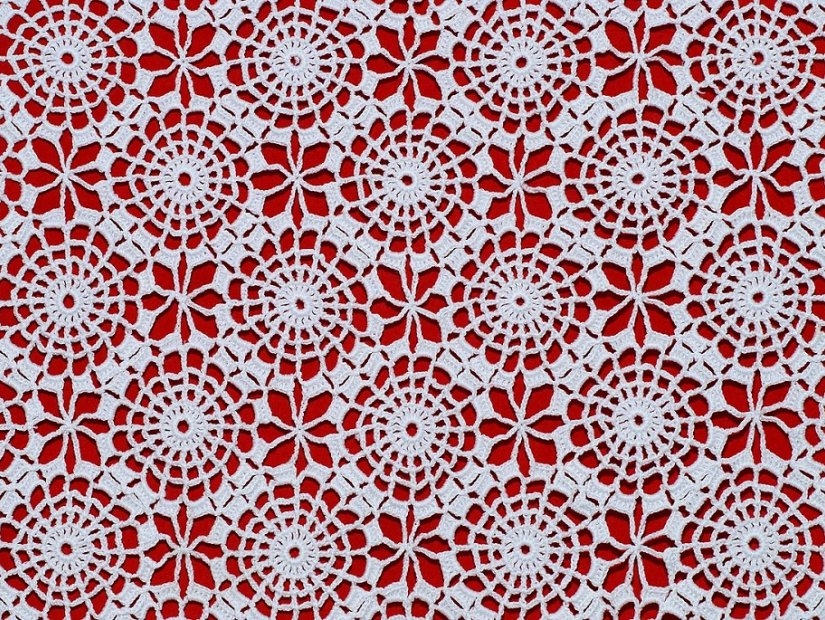Blog
Traditional Turkish Lace: Oya
Traditional Turkish Lace: Oya
Traditional Turkish Lace: Oya
Honoring beauty all over the furniture and dress of everyone throughout the history in Turkey, the tradition of “oya” has entered the records as the fancy version of the well-known French lace. These narrow and nicely made laces get worn by women in their scarves, clothes, and jewelry. Signified with the Turkish culture, it’s a tradition for young females to show their artisanship via oya while sometimes making a profit over them. Usually used in the southern and eastern parts of Turkey, oya is a particular product of Turkish culture, seen in many different places from women’s dressing to household products such as sheets, towels, and table cloths.
Inspiration of nature and history could be seen in the examples of oya, as its amazing motifs and soul-soothing colors are tiny shards of what we see on our glazes into the wild. Shapes and colors of various flowers, leaves, and butterflies, are commonly used in oya along with some classic motifs it possesses, adding another level of aesthetics to the product. As with the rich presence of oya in Turkish culture, there are countless different meanings each type of Turkish lace has, and each one has its purpose and importance.
The history of Anatolian and Turkish oya dates back to the 12th century, but it became a common product of Turkish culture near the 17th century. There are four basic ways of oya-making. The most common one being needle made oya (iğne oyası), there is the fine-work requiring crochet oya (tığ oyası), tatting oya (mekik oyası), and hairpin oya. With a variety of different techniques and styles, the oya market of Turkey flourished in the 20th century with the upcoming machine-made oya. As machine-made oya lacked the “aliveness” of hand-made oya, it did not receive such popularity but revived the culture among the young woman population of Turkey in the 1940s. With upcoming techniques, easy access to materials such as beads, sequins, and paillettes popularized the craftmanship of oya. Women started to sell their products in markets and bazaars, having a contribution to the family economy.
Oya is essentially a work of art, a devotion of many Turkish women conveying their hopes, fears, and future. As some traditions continue to fade away in the modern scheme of our relations, there were such small meanings that different kinds of laces possessed. In essence, what kind of oya a bride wore when she was with her husband represented her feelings for him. As each color and motif had their purpose, yellow daffodil oya was a sign of hopeless love, while a woman away from his lover due to work or soldier duty wore wild rose oya. New brides in Anatolia wore oya of roses and arbor roses. Girls engaged with the man they love wore pink hyacinths and almond blossoms, as brides who were not happy with their marriages wore “pepper spice” oya around their heads. Along with these small details, there are many more examples of such usage that oya has, but almost all got extinct today.
A product of such beauty and culture is still alive and can be seen in almost every household in Turkey, especially across Anatolia. Attracting fair attention of tourists as well, oya is commonly sold by Anatolian locals. These works of delicacy and refined craftmanship is a well-respected work of art and will continue to be so.


